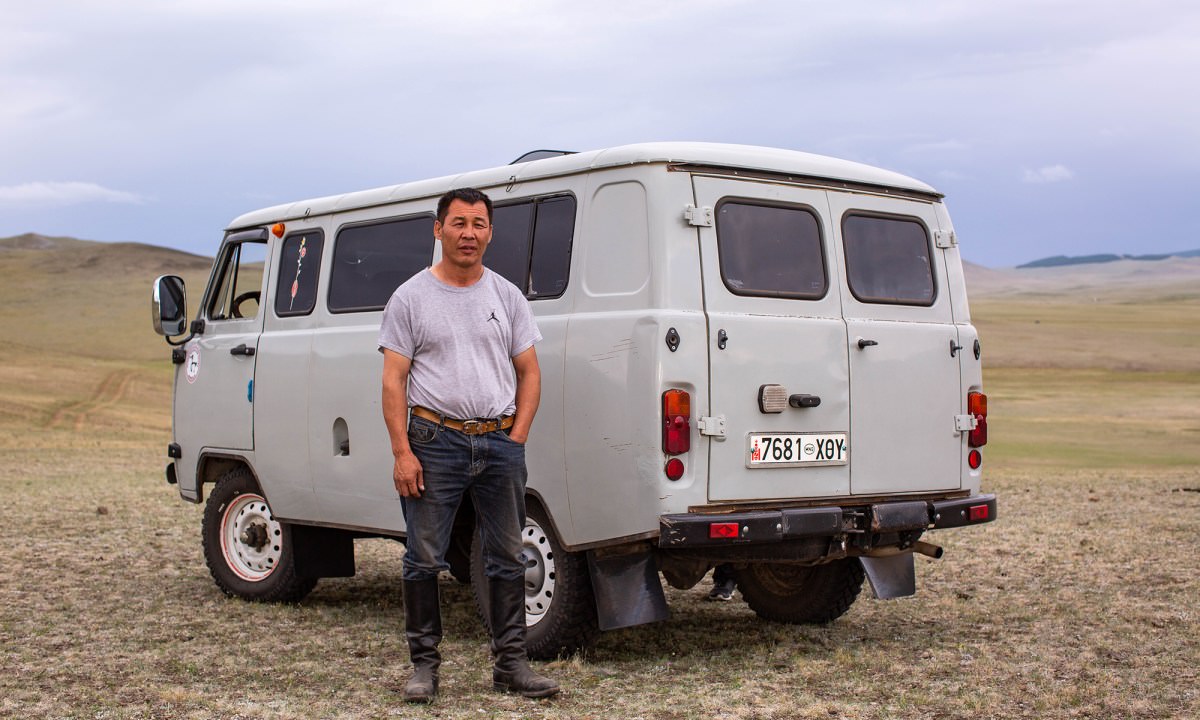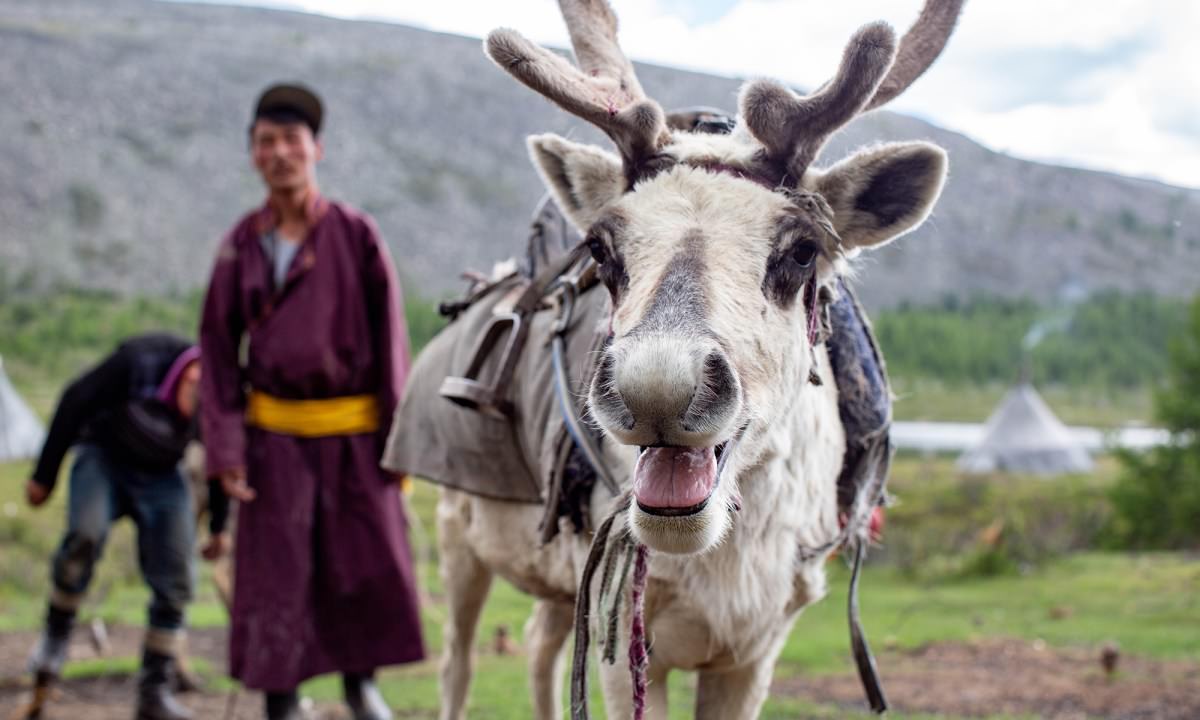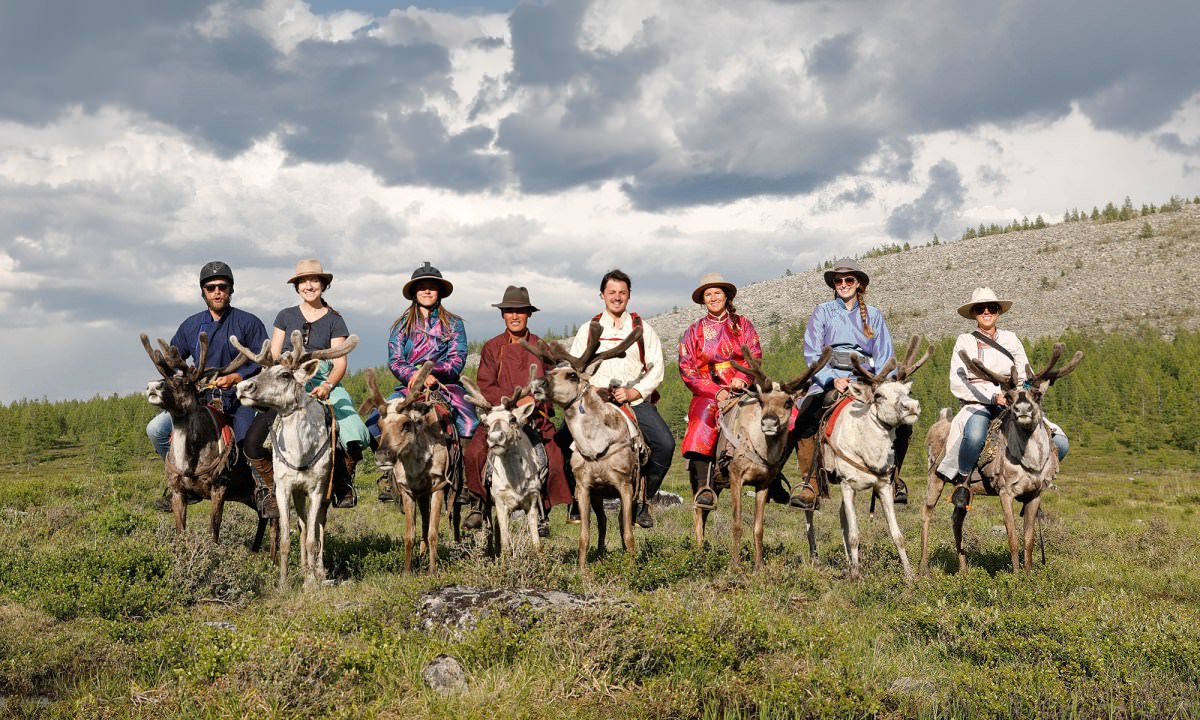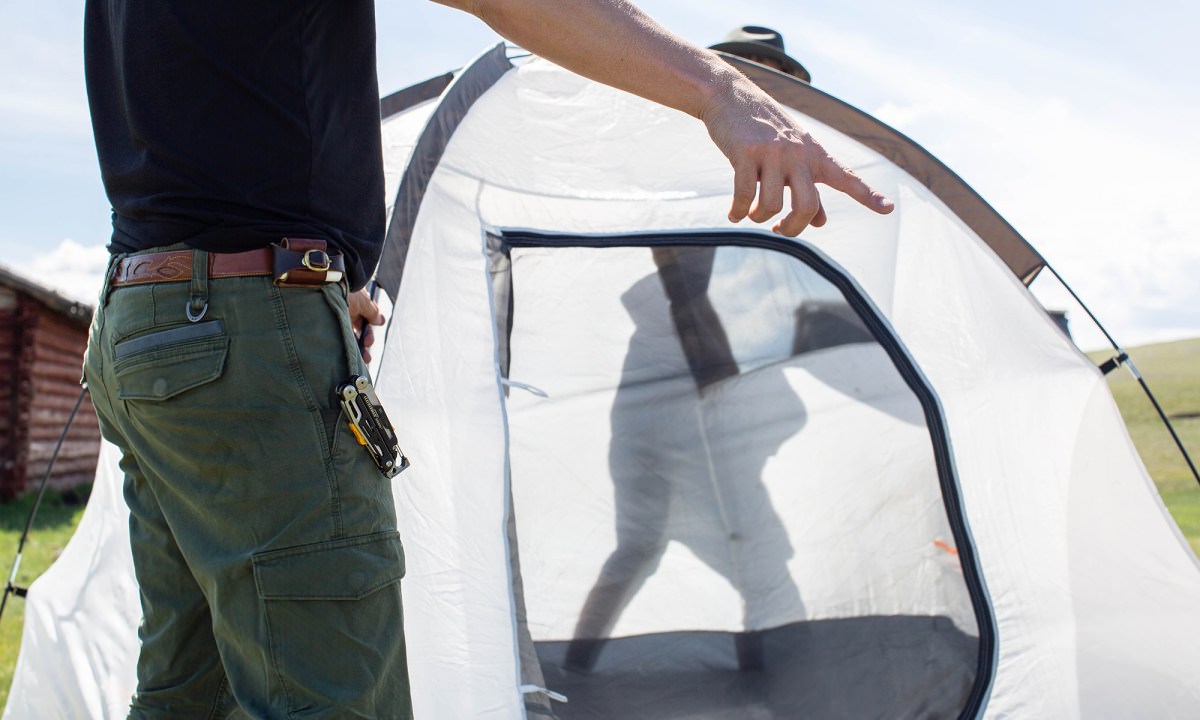Mongolia. Not only is it the world’s second-largest landlocked country (behind Kazakhstan), it’s also the most sparsely populated country in the world. It’s a place that I’d consider to be the most remote place on earth. (And that’s coming from a person who travels the world for a living.)
And that’s exactly why I had to explore it.
Wide open spaces made for adventures. Tribes that still do things like herd and ride reindeer. Nomadic horse-herding families. And little to no cell service.It had my name all over it.
It’s also one of the hardest countries to not only get to, but also to get around. But that’s exactly what makes it so special. This isn’t your typical vacation destination, and the people who are traveling there aren’t your typical traveler. They’re better. They have a sense of curiosity unlike most other people. And that’s exactly why you need this type of travel friend in your life—trust me on this one.
The Adventure
It starts by flying into Ulaanbaatar, the country’s capital city. This is where I decided to spend a few days acclimating to Mongolian culture (and the nine-hour time difference from Los Angeles) before heading up north to Mörön, which is part of the northernmost Khövsgöl Province.
Landing in Mörön, that’s where the real adventure begins—stepping aboard our UAZ-452 Russian furgons, we set our sights on Ulaan-Uul (which translates to Red Mountain) and the soum (village) there. Seven hours of off-roading later, we reached our driver’s house, and our first stop of the adventure.

It would be another two hours by furgon the next day across the dirt roads of the steppe before we’d reach destination number two—our horse herding family. These would be our escorts to the Tsaatan Tribe, the last tribe in the world that herds and rides wild reindeer. Ganerdene, Gantumur, Gantulga, and Gansukh (four of the six brothers in the family) would be taking us to their brother Ganbat, who married into the tribe years earlier.
With our escorts now in tow, we were looking at two days of riding 30 miles on the family’s semi-wild horses (and horses from neighboring families) up 7,000 feet of elevation. Which was no small feat for our group of nine, plus the four brothers, and our four pack horses—which meant 17 horses in total.
Camping in between riding days meant campfires with the herders, sharing milk tea and biscuits with them, taking turns sharing American campfire songs and what I can only imagine are traditional Mongolian songs (I don’t speak Mongolian, so that’s my best guess) and getting better acquainted with this group of strangers that I’d consider family by the end of the trip.
The next day meant more riding, but this time up a mountain, through bogs and rivers, until eventually reaching our final destination and our Tsaatan family.
Life with the Tsataan Tribe
The next three days would be indescribable. The feeling of riding a reindeer is surreal and pairing that with the fairytale-like scenery of the area, it felt unlike anything else I’ve ever experienced in this world. To be that off-the-grid, doing something I never knew was even possible, has forever changed the way I look at travel. Add in the challenges of getting there—I am by no means a horse person, so riding for two days was very out of my comfort zone—the language barriers and just being out of your element in general—camping, bathing in freezing cold rivers, getting along with a group of total strangers—I knew this trip would be one that I would never forget, but until being back and processing the entire experience, I would have no idea why.

Our days with the tribe would be spent doing things like visiting with a neighboring family—getting there by reindeer, foraging for juniper in the mountains, learning how to make noodles with the family, herding and tying up the reindeer (and horses) each night, as well as milking them in the morning, soaking in the freezing cold river, watching Grandpa repair wooden saddles with an arsenal of tools and Ganbat carve a reindeer antler as a gift (with a Leatherman—a tool he constantly wears secured to his belt), learning Singaporean poker with the horse herder brothers, telling stories around the campfire, and just enjoying being in the remotest place on earth.

Returning to city life in Ulaanbaatar after more than a week and a half in the remotest part of the world and one of the toughest countryside’s to survive in was like returning to a foreign country. It’s amazing how quickly you learn to adapt to your environment, especially without Wi-Fi or the draw of technology or modern luxuries to remind us otherwise. It certainly makes one understand how necessary it is to challenge and put ourselves in these unfamiliar situations occasionally. And that if more people did, the world would be a completely different place.
